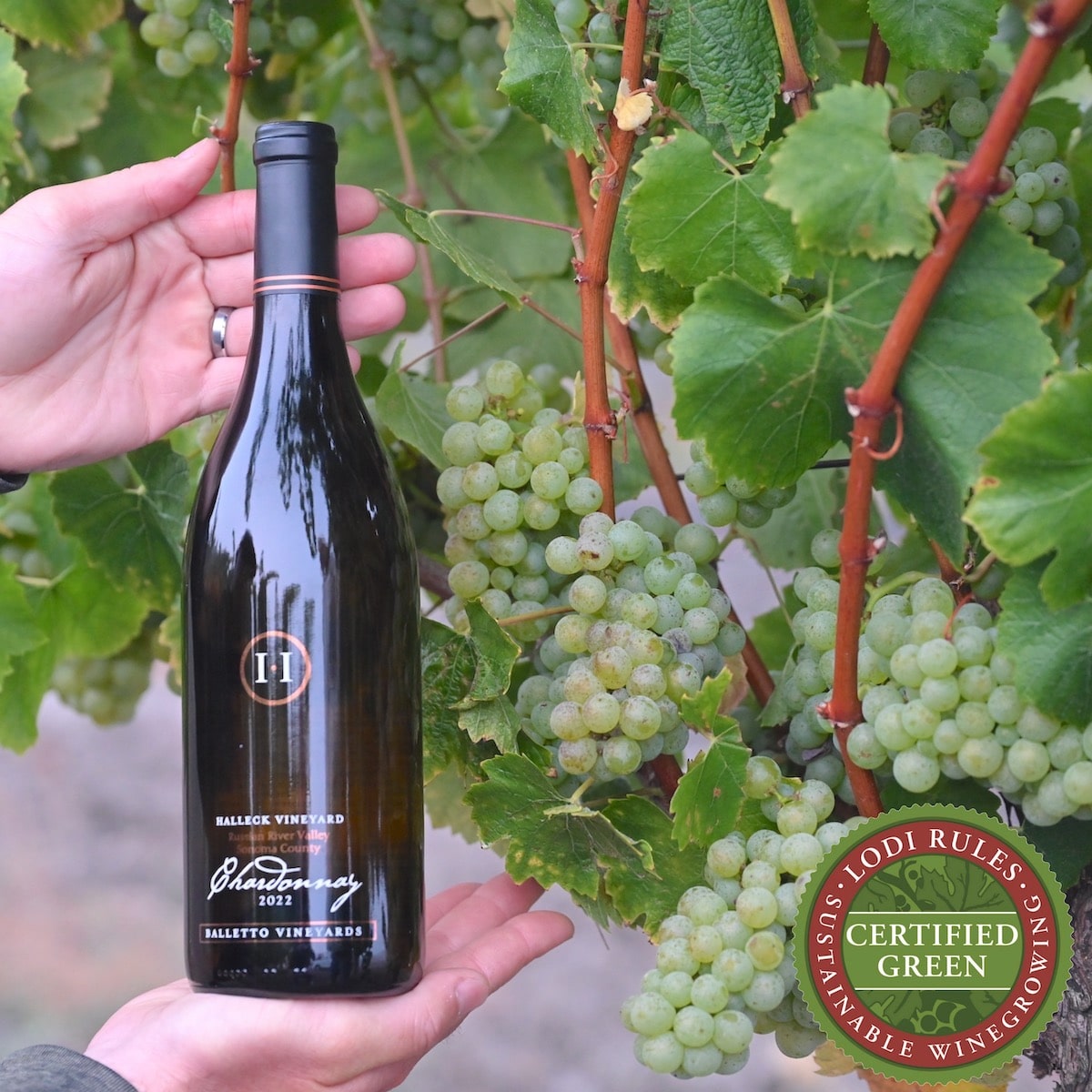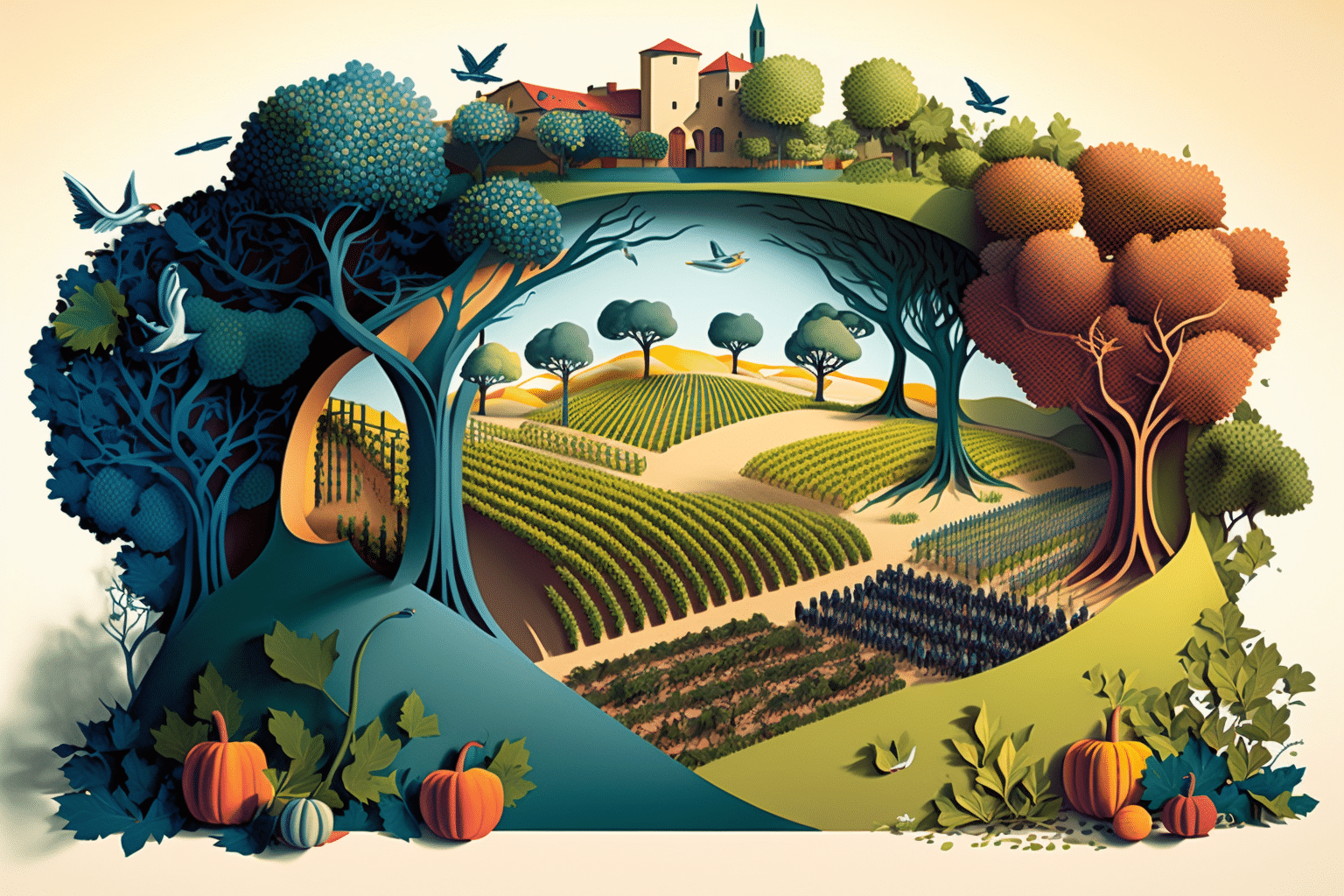Vineyard Views in Sebastopol : A Wine Lover's Paradise 95472
Vineyard Views in Sebastopol : A Wine Lover's Paradise 95472
Blog Article
Essential Tips for Vineyard Tours in Sonoma 95461
Understanding the nuanced vocabulary related to winery wine tasting is crucial for each novices and seasoned connoisseurs alike. Each term brings to life the experience of tasting wine and may improve one’s appreciation of the various intricacies concerned. Wine tasting is extra than simply consuming; it's an art that entails varied senses and feelings.
To begin with, the term "nostril" refers to the aromas one detects when smelling the wine. This is a vital step because the bouquet sets the stage for the tasting experience. Notes of fruit, spice, earth, and wooden might mingle, offering a glimpse of what the palate would possibly verify. Understanding "nosing" the wine can dramatically elevate one's sensory journey.
One Other key side is the term "physique." The physique of the wine describes its weight and fullness on the palate. A full-bodied wine has a robust presence and tends to linger longer after swallowing. Conversely, light-bodied wines may really feel more delicate and refreshing. Recognizing the body helps tasters assess the wine's structure and balance.
Sustainable Wine Tasting Experiences in Sebastopol 95407
The idea of "tannins" is important in purple wine tasting. Tannins are compounds derived from grape skins, seeds, and stems, contributing to a wine's texture and getting older potential. Excessive tannin wines often lead to a dry mouthfeel, while decrease tannin ranges yield a smoother experience. This distinction is particularly necessary when pairing wines with food, as tannins can either complement or conflict with sure dishes.
In addition to tannins, "acidity" plays a major role in the wine tasting experience. Acidity offers wine its crispness and liveliness - Savor Award-Winning Pinot Noir and Chardonnay from Sonoma. Wines with higher acidity are usually refreshing and energizing, making them wonderful companions for a selection of foods. Recognizing acidity can drastically improve one’s food-pairing capabilities and general tasting enjoyment.
When delving into the flavor profile of a wine, one might encounter the term "end." The finish refers again to the aftertaste that lingers within the mouth after swallowing. A long end is often related to high-quality wines, as it signifies complexity and depth. A brief end might counsel a less complicated wine. Figuring Out the method to consider the finish can reveal a lot a couple of wine's character.
Exploring the "vintage" can also be integral to wine tasting terminology. The vintage denotes the 12 months by which the grapes had been harvested. Different years can yield vastly completely different results due to variations in local weather situations. For occasion, a hot summer time can produce more concentrated flavors, whereas a cooler year would possibly yield more delicate, nuanced wines. Understanding vintage permits for a deeper appreciation of a wine’s origin and potential.
Pet-Friendly Wineries in Sonoma County
The term "terroir" encompasses the geographical and environmental factors that contribute to a wine's distinctive character. Factors corresponding to soil sort, climate, elevation, and topography all play a job in the flavor and high quality of the wine. This connection to put helps one perceive why wines from completely different regions can style so distinctively totally different, even when created from the identical grape variety (Uncover the Top Wineries in Sonoma County for Tasting Experiences).

When partaking with wines, the phrase "leg" refers back to the droplets that form on the inside of the glass after swirling. These droplets can point out the wine's alcohol content material and viscosity. Whereas observing the legs won't directly relate to the wine’s taste, it provides to the general experience and intrigue of wine tasting much less transparent.
Enjoy the Tastes of Single Vineyard Pinot Noir and Chardonnay in Sonoma
A extra particular term that will come up during tastings is "oak." The influence of oak barrels on wine can impart flavors such as vanilla, toast, or spice. The degree of oak growing older can differ broadly amongst wines, affecting each aroma and style. Understanding oak therapy supplies insights into the winemaker’s selections and the ensuing complexity of the wine.
In wine tasting, one might also hear the term "palate." The palate refers back to the overall taste experience in the mouth. This encompasses sweetness, bitterness, acidity, and body. A well-balanced palate is important for a harmonious tasting experience, and recognizing any imbalances helps assess the quality of the wine.
The experience of wine tasting is tremendously enriched by understanding the terminology that accompanies it. Every term serves a objective, enhancing the power to convey useful reference thoughts and feelings concerning the wine one's experiencing. This vocabulary bridges communication between tasters, sommeliers, and winemakers alike.
To totally get pleasure from wine tasting, it is important to interact all senses. The sight of the wine, its colour, and clarity can provide perception into its age and high quality. Swirling the wine releases aromas that heighten the olfactory experience, whereas the precise tasting allows for an entire evaluation of the wine's profile.
Savor Exclusive Wines from California
In conclusion, understanding the detailed explanation of winery wine tasting terminology significantly enhances the experience of tasting. Every term invitations the taster to have interaction extra deeply with the wine, encouraging connections to the senses, the winemakers, and the lands the place the grapes are grown. This nuanced vocabulary creates a richer, more fulfilling wine tasting experience.
- Aroma refers to the scents released by the wine, which may indicate its grape variety and affect the tasting experience.
- Tannins are natural compounds found in grape skins, seeds, and stems, contributing to the wine's structure and aging potential.
- A end, or aftertaste, is the lingering flavor sensation that is still on the palate after swallowing, typically a key indicator of high quality.
- Body describes the weight and fullness of wine in the mouth, usually categorized as light, medium, or full-bodied.
- Terroir denotes the unique environmental traits of a winery that affect the style and quality of the wine, together with soil kind and local weather.
- Acidity is a important component that contributes to a wine's freshness and balance, impacting its aging capability and overall flavor profile.
- Vintage indicates the yr grapes had been harvested and performs a major function in figuring out the wine's traits, reflecting particular weather conditions.
- Decanting entails pouring wine from its bottle into one other vessel, permitting it to aerate and enhancing its flavors and aromas.
- A corked wine could additionally be tainted by a faulty cork, resulting in musty or off-putting flavors that detract from the wine's intended profile.
- The term “legs” refers back to the droplets that cling to the inside of a glass after swirling, usually related to the wine's alcohol content material and viscosity.undefinedWhat is the which means of "nose" in wine tasting?undefinedThe "nose" refers to the aroma profile of the wine, which is detected through the sense of scent. It Is an important facet of wine tasting, as aromas can reveal a lot about the grape selection, winemaking course of, and growing older.
How should I properly style wine?undefinedTo style wine effectively, follow these steps: observe the colour, swirl the wine to aerate it, take a delicate sniff to capture the aromas, sip and let it coat your palate, and finally, note the finish. This method helps in appreciating the wine’s complexity.
What are "tannins" and how do they affect wine?undefinedTannins are pure compounds found in grape skins, seeds, and stems that contribute to a wine's structure and astringency. They can create a drying sensation within the mouth, they usually additionally play a role within the wine's growing older potential.
Craft Your Memorable Sonoma Wine Tasting Adventure

What does the term "balance" imply in wine tasting?undefinedStability refers to the concord between the totally different components of a wine, corresponding to acidity, sweetness, alcohol, tannin, and flavor intensity. A well-balanced wine will have every of these parts supporting one another somewhat than overpowering the others.
What is the significance of "terroir" in wine tasting?undefinedTerroir encompasses the environmental factors—such as soil, local weather, and geography—that influence the traits of the wine produced in a particular area. Understanding terroir helps tasters appreciate the distinctive qualities that completely different regions impart to their wines.
What does "vintage" imply and why is it important?undefined"Vintage" indicates the 12 months when the grapes were harvested. It is essential because it affects the wine’s high quality and traits, as weather situations during the rising season can significantly influence flavor profiles and aromatics.
What are "legs" and what do they signify?undefined"Legs" discuss with the droplets that type and run down the within of a glass after swirling wine. While they'll indicate alcohol content and viscosity, they don't determine quality—this is more about personal notion of richness.
Enjoy Outdoor Wine Tastings in Wine Country

What does "full-bodied" mean versus "light-bodied"?undefined"Full-bodied" wines are rich, dense, and infrequently have greater alcohol content and complicated flavor profiles, while "light-bodied" wines are more delicate and refreshing with a decrease alcohol content. This distinction helps tasters perceive the expected weight and mouthfeel of the wine.
How can I identify fruit flavors in wine?undefinedTo establish fruit flavors, consider the aroma and style profiles. Swirl the wine, inhale deeply to capture the bouquet, and focus on particular characteristics. Familiarity with typical fruit profiles of assorted grape varieties can enhance this identification course of.
What is "finish" in wine tasting?undefinedThe "end" refers again to the aftertaste that lingers in the mouth after swallowing. this post A lengthy, complex end is usually an indication of quality in a wine, because it reflects the depth of flavor and total craftsmanship in the winemaking course of. Report this page